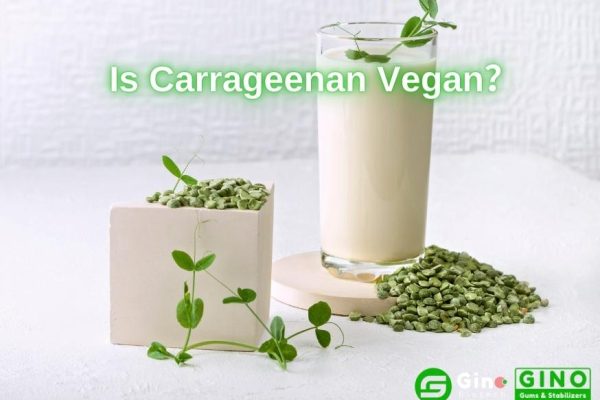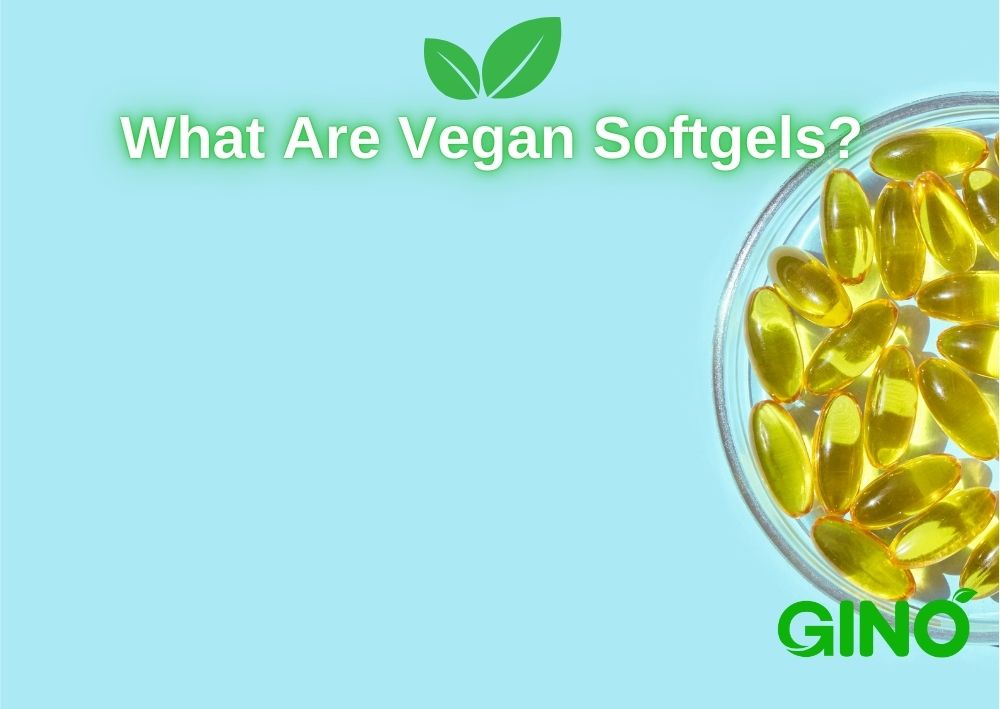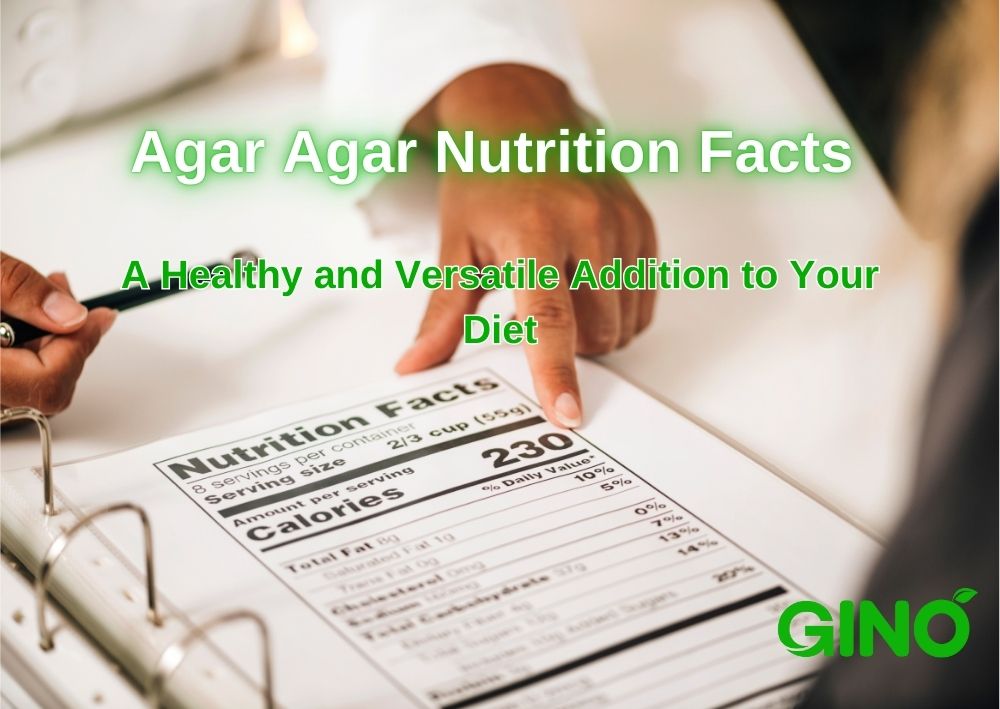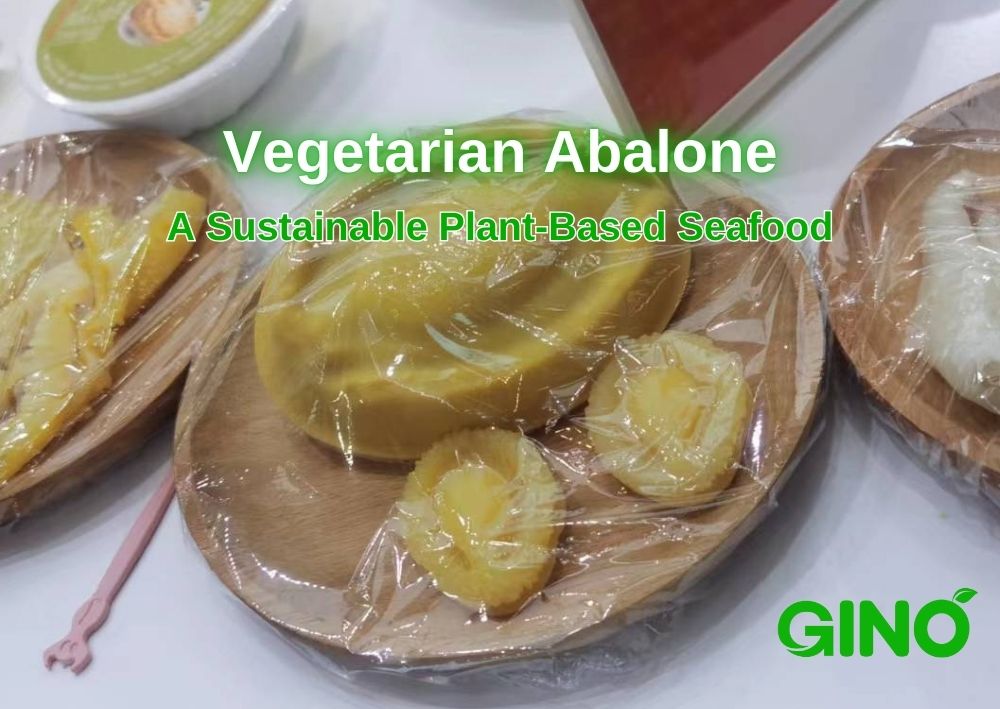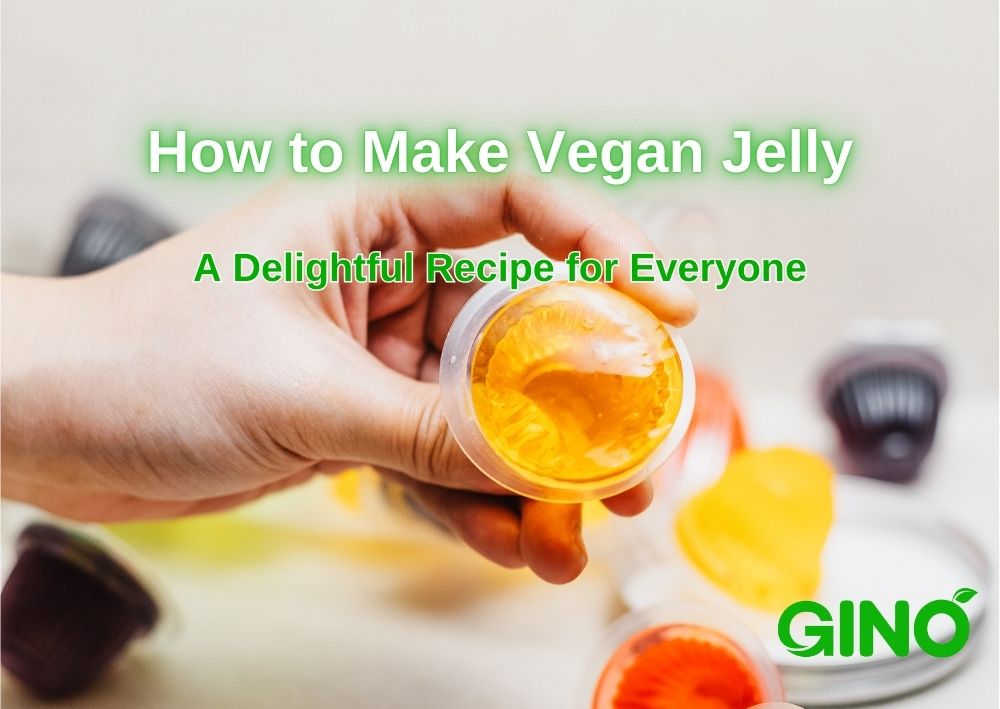How to Use Kappa Carrageenan
How to Use Kappa Carrageenan
Facebook
트위터
LinkedIn
소개
Kappa carrageenan, a versatile gelling agent derived from red seaweed, is a popular ingredient in the food industry for creating firm, elastic gels and improving texture. But if you're new to using it, you may wonder exactly how to get the best results.
This guide will walk you through how to use kappa carrageenan step by step, from preparing it for recipes to key tips for perfect results.

1. Preparing Kappa Carrageenan for Food Use
The first and most crucial step in using kappa carrageenan is proper preparation. Here’s how:
Dissolution in Hot Water: Kappa carrageenan only dissolves in hot water. To prepare, heat your liquid (water, milk, or broth) to at least 70°C. Add the carrageenan while stirring continuously until it fully dissolves. For best results, aim for 80°C.
Concentration: The amount of kappa carrageenan you need depends on the desired texture. A typical range is 0.1% to 1% of the total recipe weight. Use more for firmer gels and less for softer textures.
Timing: Always dissolve kappa carrageenan before adding other solid ingredients to prevent clumping. If working with multiple gelling agents, dissolve each in its designated phase to ensure uniform distribution.
2. Key Tips for Using Kappa Carrageenan Effectively
To ensure success when using kappa carrageenan, keep these tips in mind:
Avoid Overheating: While it’s heat-stable, you don’t want to overheat kappa carrageenan. Prolonged exposure to temperatures above 100°C can reduce its gelling strength, so maintain heat between 70°C and 90°C for optimal results.
Hydration: Make sure kappa carrageenan is fully hydrated before adding it to other ingredients. This avoids clumping and ensures a smooth, consistent gel.
Check pH Levels: Kappa carrageenan works best in neutral to slightly acidic environments. If you’re using it in recipes with very acidic ingredients (like citrus or vinegar), keep the pH above 3.5 to maintain its gelling properties.
Mixing with Other Hydrocolloids: For enhanced gel strength, combine kappa carrageenan with other hydrocolloids like locust bean gum, xanthan gum. This synergy improves water retention and gel elasticity, making your final product even more stable and resilient.
3. Step-by-Step Guide: How to Use Kappa Carrageenan

Here’s a straightforward approach to incorporating kappa carrageenan into your recipes:
1. Measure Accurately: Weigh the kappa carrageenan according to the total weight of your recipe. Typically, you’ll use 0.1% to 1% carrageenan depending on the texture you want.
2. Heat the Liquid Base: Heat the liquid component of your recipe to around 80°C. This ensures the carrageenan will dissolve fully and form a gel.
3. Dissolve Carrageenan Gradually: Slowly sprinkle the carrageenan into the hot liquid while stirring continuously. Avoid dumping it all at once, as this can lead to clumping.
4. Stir Until Fully Dissolved: Keep stirring until the kappa carrageenan is completely dissolved, and the liquid turns slightly thicker. At this stage, it’s ready to be incorporated into your recipe.
5. Let it Set: After dissolving, pour the liquid into your mold or final container. Kappa carrageenan will gel as it cools to room temperature, creating a firm, thermoreversible gel.
4. Practical Tips for Adjusting Texture and Gel Strength
Fine-tuning the texture of kappa carrageenan gels can be a simple process if you know what to look for:
Increase Gel Strength: For firmer gels, increase the concentration of kappa carrageenan in the liquid. Start with small adjustments, as even a slight increase can significantly affect texture.
Add a Co-Gelling Agent: Combining kappa carrageenan with other gums, such as locust bean gum or konjac gum, enhances gel elasticity and prevents syneresis (water leakage). This also creates a more stable gel that holds up better under varying conditions.
Control Cooling Time: Kappa carrageenan sets quickly at room temperature, but if you want a more elastic gel, allow it to cool gradually. Fast cooling might result in a firmer, more brittle gel.
5. Troubleshooting Common Issues
Using kappa carrageenan doesn’t have to be tricky, but if you run into problems, here are some common solutions:
Lumpy Gel: If your carrageenan mixture turns out lumpy, it’s likely because it wasn’t dissolved in hot enough water or was added too quickly. Always heat your liquid to 80°C and sprinkle the carrageenan in gradually while stirring.
Weak Gel: A gel that feels too soft or watery may need a higher concentration of carrageenan or a better pH balance. Check the recipe’s acidity and make sure the pH is not below 3.5.
Excessive Firmness: If the gel is too firm or rubbery, you may have used too much carrageenan. Adjust the concentration down for a softer texture.
결론
학습 how to use kappa carrageenan opens up endless possibilities for food texture enhancement. From firm gels to stabilizing liquids, kappa carrageenan is an essential tool for anyone looking to refine their food creations.
With these tips and techniques, you can confidently incorporate this hydrocolloid into your recipes, ensuring the perfect texture every time.
Looking to use kappa carrageenan in your food products?
We provide high-quality carrageenan for all applications. Contact us today to find out how our products can meet your needs!
팀에 문의최근 게시물
채식 소프트젤이란 무엇인가요? 식물성 캡슐에 대한 초보자 가이드
2025-03-08
한천 영양 성분: 식단에 건강하고 다양하게 추가할 수 있는 한천
2025-01-18
식음료 트렌드 2025 | 입맛의 미래
2025-01-11
비건 젤리 만드는 방법: 모두를 위한 즐거운 레시피
2025-01-05
지노 바이오테크 소개

당사는 혁신적이고 기술적인 식품 첨가물 하이드로콜로이드의 연구, 개발 및 상용화를 전문으로 하는 생명공학 기업입니다. 한천 한천, 카라기난, 그리고 맞춤형 안정화 솔루션.
하이드로콜로이드의 연구, 적용 및 사용에 대한 광범위한 노하우와 경험을 바탕으로 원스톱 서비스를 제공할 수 있습니다. 맞춤형 솔루션 고객의 요구사항에 완벽하게 부합합니다.
우리의 제품 육류, 유제품, 베이커리, 제과 및 기타 산업 부문의 요구 사항을 충족합니다.


